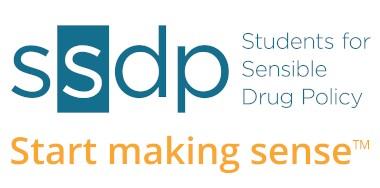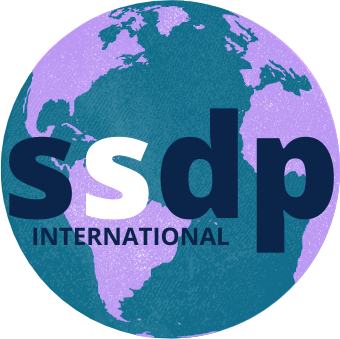Prohibition harms lives and communities.
Marijuana prohibition has failed – individuals across the political spectrum can agree on this.
- A non-violent marijuana conviction can derail lives and families
- In some jurisdictions, a marijuana conviction can impede access to goods like housing assistance and federal student loans.
- Prohibition has not only failed to reduce marijuana use, but has resulted in a massive unregulated market and stronger products.
Our Stance
SSDP neither condones nor condemns drug use, rather we respect the right of individuals to make decisions about their own health and well-being. We encourage honest conversation about the realities of the drug war. SSDP recognizes that policies supporting the prohibition of cannabis were created with intentions of criminalizing cannabis users and targeting communities of color for incarceration. Today, prohibitionist policies disproportionately affect generations of communities of color and serve as a reminder of the racialized political history of the U.S. SSDP recognizes it is imperative to replace destructive prohibitionist policies with common-sense regulatory policies.

Background
Drug policy in the United States has been used as a tool to target and oppress specific groups. The first anti-marijuana laws were enacted in the early 20th century and, in the United States, were originally directed at Mexican migrants and Mexican Americans. On August 2, 1937, the Marijuana Tax Act was ratified by President Roosevelt, effectively commencing federal marijuana prohibition.
By 1937, several other countries had banned cannabis use, possession, or trade despite its widespread acceptance as a medicine; many more would follow. International cannabis trade was restricted for the first time under the International Opium Convention of 1925 and, with the ratification of the 1961 Single Convention on Narcotic Drugs, the United Nations set the first punitive measures against nations that allowed use of cannabis for anything other than scientific or medical purposes.
Marijuana prohibition escalated in the US in 1971 under the Nixon administration in response to the social upheaval of the 1960s when marijuana and other drugs became associated with a variety of social justice issues, particularly the anti-war and civil rights movements. Under the Nixon administration, marijuana was categorized as a Schedule I substance, a label used to indicate substances that have a high potential for addiction and no medicinal value. Famously, Nixon declared drug use “public enemy number one”.
President Reagan followed accordingly, declaring the “War on Drugs” in 1982. Under the Reagan administration, drug use increasingly became associated with poor people of color, and mass incarceration and law enforcement began to skyrocket, while the “Just Say No” era of drug education bloomed. Further, just as marijuana accounts for the vast majority of illicit substance trade and consumption, marijuana prohibition accounts for the largest — some say foundational — enforcement of the War on Drugs.
Efforts to attach the use of cannabis to racist stereotypes are well-documented and, since their origins, have been used to criminalize, marginalize, or otherwise violate the human rights of those who use, produce, or trade cannabis. In the US, these efforts have been deemed “The New Jim Crow” because they have been so effective at continuing the economic and social marginalization of Black communities and other communities of color. Around the world, nations have participated in the dehumanization of their own citizens by allowing or conducting eradication campaigns, criminalizing users and producers of cannabis, and stripping indigenous communities of their medicine or religious sacrament.
And for what? Cannabis prohibition has utterly failed in its stated goals. Eighty years after federal prohibition began in the US, it has proven to be a failure and is being dismantled around the world.


